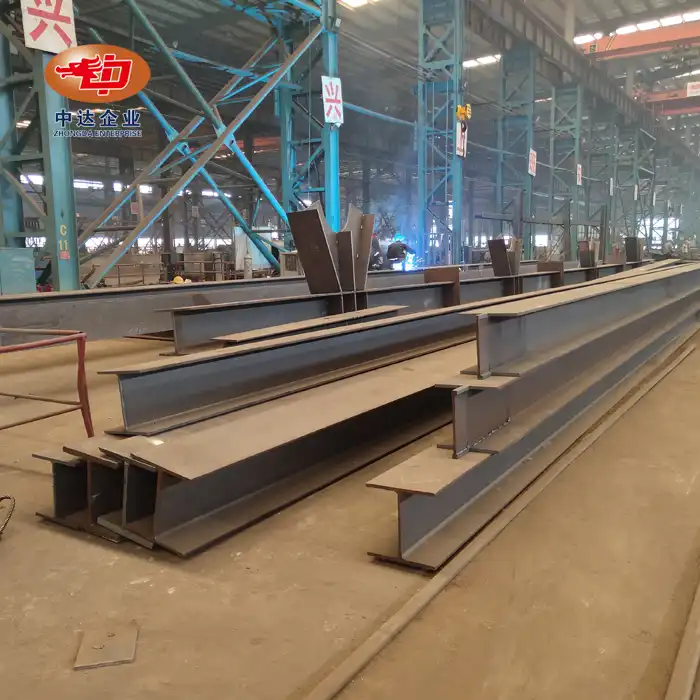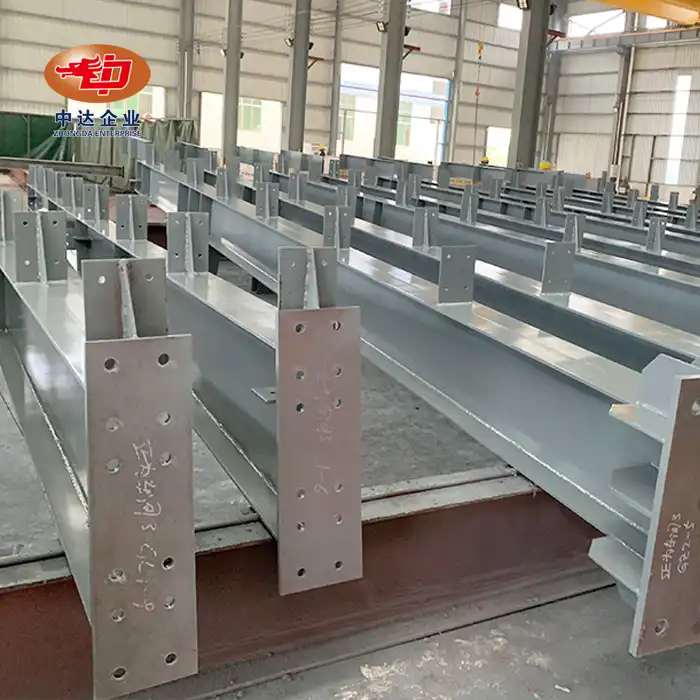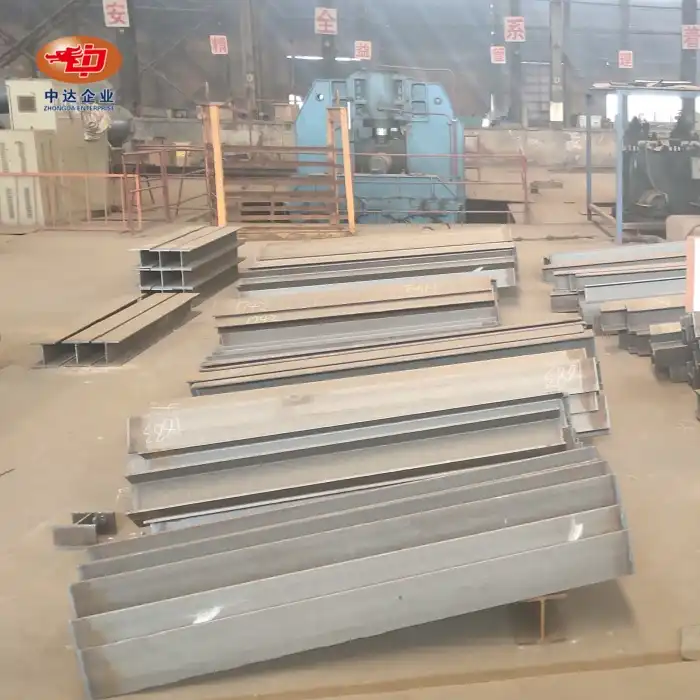Energy-Efficient Design and Operation
Advanced Power Systems
Modern mobile crushing stations integrate sophisticated power management systems to optimize energy usage. By employing AC electric motors coupled with variable frequency drive systems, these machines can reduce energy consumption by 15-20% compared to traditional equipment. This significant improvement not only lowers operational costs but also aligns with stringent environmental certifications such as Australia's Green Star rating.
The variable frequency drive allows for precise control of motor speed, ensuring that power is used only when needed. This adaptive system adjusts to the crushing load, preventing unnecessary energy expenditure during idle periods or when processing lighter materials. The result is a more efficient operation that minimizes environmental impact without compromising on performance.
Intelligent Control Systems
Cutting-edge mobile crushing stations now feature smart control systems that continuously monitor and adjust operational parameters. These intelligent systems optimize crushing efficiency by analyzing input material characteristics and adjusting crusher settings in real-time. By maintaining peak efficiency, the equipment reduces energy waste and maximizes throughput, effectively lowering the carbon footprint per ton of processed material.

Additionally, these control systems can predict maintenance needs, ensuring that the equipment operates at peak efficiency and prevents energy-wasting malfunctions. This proactive approach not only reduces downtime but also extends the lifespan of components, further contributing to resource conservation.
Hybrid and Electric Options
The industry is witnessing a shift towards hybrid and fully electric mobile crushing stations. These innovative designs incorporate battery storage systems and can operate on grid power when available, significantly reducing reliance on diesel engines. The ability to switch between power sources not only provides operational flexibility but also allows for substantial reductions in carbon emissions, especially when clean energy sources are utilized.
Electric-driven crushers produce zero direct emissions during operation, making them ideal for use in environmentally sensitive areas or regions with strict air quality regulations. The quieter operation of electric systems also contributes to reduced noise pollution, an often-overlooked aspect of environmental impact in construction and mining operations.
Waste Reduction and Resource Recovery
Efficient Material Processing
Mobile crushing stations are designed to maximize material processing efficiency, which directly correlates to waste reduction. Advanced crushing and screening technologies ensure that a higher percentage of input material is converted into usable product, minimizing the generation of waste fines. This efficiency not only conserves natural resources but also reduces the energy and emissions associated with waste disposal and additional raw material extraction.
The versatility of mobile crushers allows for on-site processing, eliminating the need for long-distance transport of materials to stationary plants. This localized approach significantly reduces fuel consumption and associated emissions from transportation, aligning with carbon reduction goals across the supply chain.
Recycling Capabilities
One of the most significant environmental contributions of mobile crushing stations is their ability to process and recycle construction and demolition waste. These machines can effectively crush concrete debris into reusable aggregate, achieving recycling rates of over 90%. This capability aligns perfectly with sustainability goals of major cities like Sydney, which are increasingly focusing on circular economy principles in urban development.

By facilitating the reuse of materials that would otherwise end up in landfills, mobile crushing stations play a crucial role in reducing the environmental impact of the construction industry. The recycled aggregates produced can be used in various applications, from road base to new concrete production, closing the loop in material usage and significantly reducing the demand for virgin resources.
Dust Suppression Systems
Environmental compliance also extends to air quality management. Modern mobile crushing stations incorporate advanced dust suppression systems to minimize particulate emissions. Water spray systems, dust extraction units, and enclosed conveyor belts work in tandem to capture and control dust at various points in the crushing process.
These systems not only improve air quality around the work site but also contribute to water conservation efforts. Many advanced dust suppression systems use recycled water or collect and filter runoff for reuse, minimizing fresh water consumption in the dust control process.
Compliance and Continuous Improvement
Emission Control Technologies
To meet increasingly stringent emission standards, mobile crushing stations are equipped with state-of-the-art emission control technologies. This includes the use of Tier 4 Final and Stage V compliant engines, which significantly reduce nitrogen oxides (NOx) and particulate matter emissions. Selective Catalytic Reduction (SCR) systems and Diesel Particulate Filters (DPF) are common features in these modern engines, ensuring that exhaust gases are cleaned before release into the atmosphere.
Furthermore, the integration of telematics and remote monitoring systems allows operators to track and optimize fuel consumption and emissions in real-time. This data-driven approach enables continuous refinement of operations to maintain peak environmental performance.
Certification and Standards Compliance
Manufacturers of crawler-type mobile crushing station and other mobile crushing stations are increasingly seeking and obtaining environmental certifications to demonstrate their commitment to sustainability. Compliance with standards such as ISO 14001 for environmental management systems ensures that environmental considerations are integrated into all aspects of design, manufacturing, and operation.
Additionally, many crawler-type mobile crushing stations are now designed to meet specific regional environmental standards, such as the European Union's REACH regulation for chemical safety or California's stringent air quality requirements. This global approach to compliance ensures that these machines can operate effectively in diverse regulatory environments while maintaining high environmental standards.
Research and Development Initiatives
The quest for environmental excellence in mobile crushing stations is driving significant research and development efforts. Manufacturers are investing in innovative materials and designs to reduce equipment weight, thereby improving fuel efficiency and reducing wear on components. Exploration of alternative fuels, such as biodiesel and hydrogen, is ongoing, with promising results for future emission reductions.
Collaboration between equipment manufacturers, environmental agencies, and research institutions is fostering the development of next-generation crushing technologies. These partnerships are crucial for addressing complex environmental challenges and ensuring that mobile crushing stations continue to evolve in line with global sustainability goals.
Conclusion
Mobile crushing stations have made remarkable strides in meeting and exceeding environmental and carbon emission standards. Through energy-efficient designs, waste reduction strategies, and advanced emission control technologies, these machines are at the forefront of sustainable construction and mining practices. As the industry continues to innovate, mobile crushing stations will play an increasingly vital role in building a more environmentally responsible future for construction and resource extraction industries worldwide.
Contact Us
For cutting-edge mobile crushing solutions that prioritize environmental compliance and operational efficiency, look no further than Zhongda Steel. Our expertise in precision steel fabrication and commitment to innovation ensure that our mobile crushing stations are at the forefront of environmental performance. To learn more about how our solutions can help your project meet sustainability goals while maximizing productivity, contact us at Ava@zd-steels.com. Let Zhongda Steel be your partner in building a greener future.














